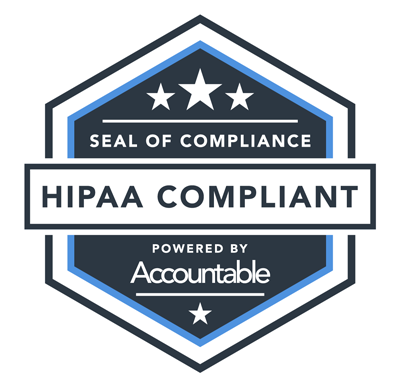According to the National Institutes of Health #NIH #NIDCD, approximately 38 million adults in the U.S. report some degree of hearing loss. For many, hearing aids could significantly improve their quality of life, yet only about 25 percent use them. Untreated hearing loss is widely associated with cognitive decline, isolation, dementia, and other serious health issues. Unfortunately, hearing aids typically cost thousands of dollars (average $4,700 a pair) and require multiple visits to specialists. With few exceptions, the cost of hearing aids is paid out of pocket because they generally aren’t covered by health insurance.
Traditional Medicare covers testing – – but doesn’t cover hearing aids or exams for fitting hearing aids. Most Advantage plans provide hearing coverage, but beneficiaries typically still pay close to 80 percent of the cost out of pocket. “It’s the No. 1 question we get,” said Barbara Kelley, executive director of the Hearing Loss Association of America. “‘I can’t afford hearing aids, and Medicare doesn’t cover them. What do I do?’”
ChronovoCare can help lower the cost of the most critical hearing needs, especially for the millions who pay out-of-pocket. In addition to savings, ChronovoCare provides even more value with expert consultation on testing, evaluation, fitting, implant accessories, and much more. Please contact us at info@chronovo.care / 844-263 CARE (2273) for assistance with hearing aids.
Hearing devices are one area of healthcare where rapidly advancing technology and significant changes in government policy are already in place to widely expand innovation and adoption. Congress passed legislation that will make hearing aids approved by the Food and Drug Administration (FDA) available without a prescription from an audiologist. Regulations for OTC hearing devices were to be released by August 2020; however, the FDA delayed them due to COVID-19.
When the FDA moves ahead with safety and labeling requirements, a host of existing and new consumer electronics companies will be poised to introduce new products with the potential to drastically expand the adoption of hearing aids and help overcome the stigmas associated with them. The convergence of improvements in technology, the popularity of wearables, connected devices, and policy change should make over-the-counter devices broadly more affordable and accessible to the benefit of millions of hearing impaired and their loved ones.



